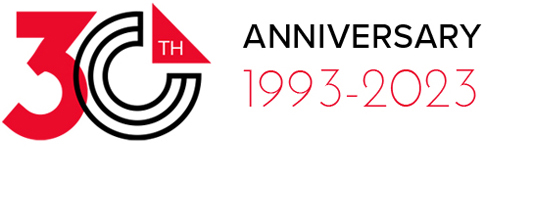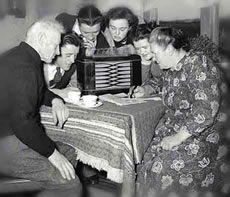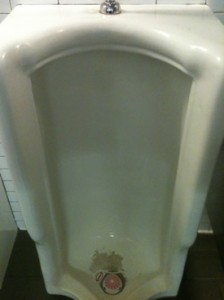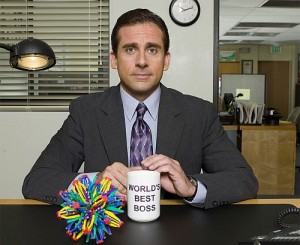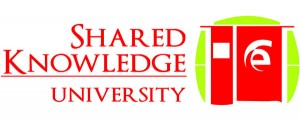Earmuffs Kids . . .
“BUDGET!” There I said it! The dirty word that none of us like to discuss when starting a new design. But it doesn’t have to be that way.
Let me be so cavalier as to suggest that we rip the band-aid off when we first start the design process. Don’t get me wrong. Make sure you introduce yourself and show the client around your place or let them give you a tour of theirs . . . whichever applies. But then cut to the chase.
Now I know what you’re saying, “But Kevin, you don’t live in our world. You are not the one in front of the end-users everyday. You are not the one who always gets the 1/2 honest answer or the unrealistic requests.” I agree. I am not. But I am on many of the initial calls as your manufacturer representative for the project. So I get it! Especially the frustration of the answer to the dreaded question that goes something like this, “Well, we are not really sure. We know we want an open, airy, and fresh look that can house all our product presentations, four staff members, and space for a live presenter. Most importantly, we want to not look like anyone else and to really standout.”
This is usually when I make a comment that makes the room go silent. Something like, “Well, we can make exactly what you want between $50k-$125k. It just depends on how much you want to standout and exactly how ‘fresh’ of a look you are looking for.” This usually gets a response of . . . “Oh, that seems like a big spread in dollars for the same footprint.”
Point being, you can go out and buy a 4-door sedan tomorrow and do the same thing. You can spend $19,999 or you can spend $59,999 for what appears on the outside to be a car that is the exact same dimension. But once you lift the hood and/or open the doors, you will see the differences. Both cars may suit your base purposes just fine, but one certainly comes with more options and accessories. And one will make your more noticeable.
In these situations, what our PM’s, designers, or anyone else at Classic working with the client does is take you and your client to Exhibit Design Search — preferably yours if you have a branded version or ours if you do not. Then we ask the client to “drive the models,” and check the boxes that fit them — size of exhibit, type of exhibit, and price range. In doing so, you are essentially getting the client to self select and reveal their budget range.
Now to be fair, you are often working with clients who are new to trade shows displays. They don’t have a point of reference. To them, they see a pop up display and assume it costs $199 with graphics. The sticker shock can be jarring, and they may not see the distinction between two banner stands and a portable counter and a custom hybrid. Why does one cost $10,000 more than another?
Now, I don’t pretend to think this always works or that it fits all scenarios, but at the end of the day, it gives us the best chance at being successful. We have to know their realistic budget — are they a Kia or a Mercedes customer. Is the car a means of transportation or is it a refection of their personality? Do they want it to last two years or ten years? Does it make more sense to lease or rent?
Design and detailing can solve a lot of the other issues once we know that.
Be well!
–Kevin Carty
http://twitter.com/kevin_carty
http://www.linkedin.com/pub/kevin-carty/3/800/32a


